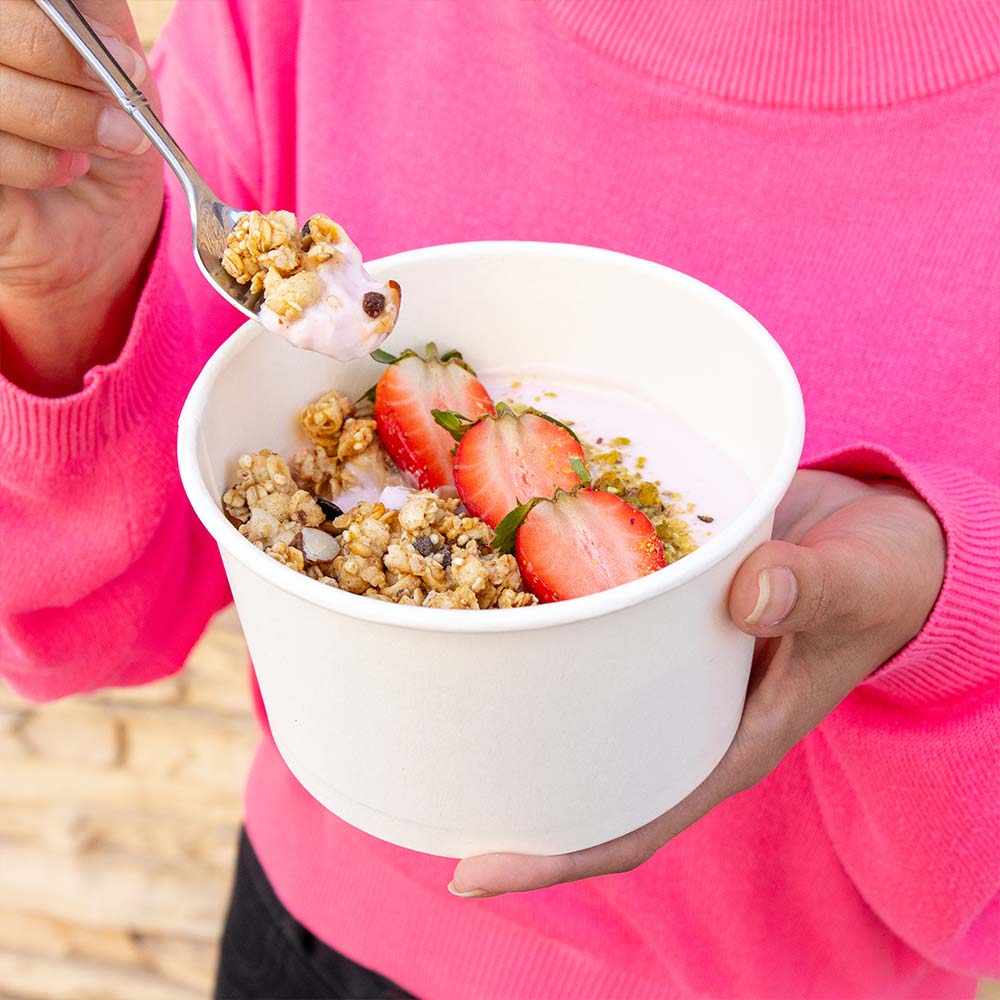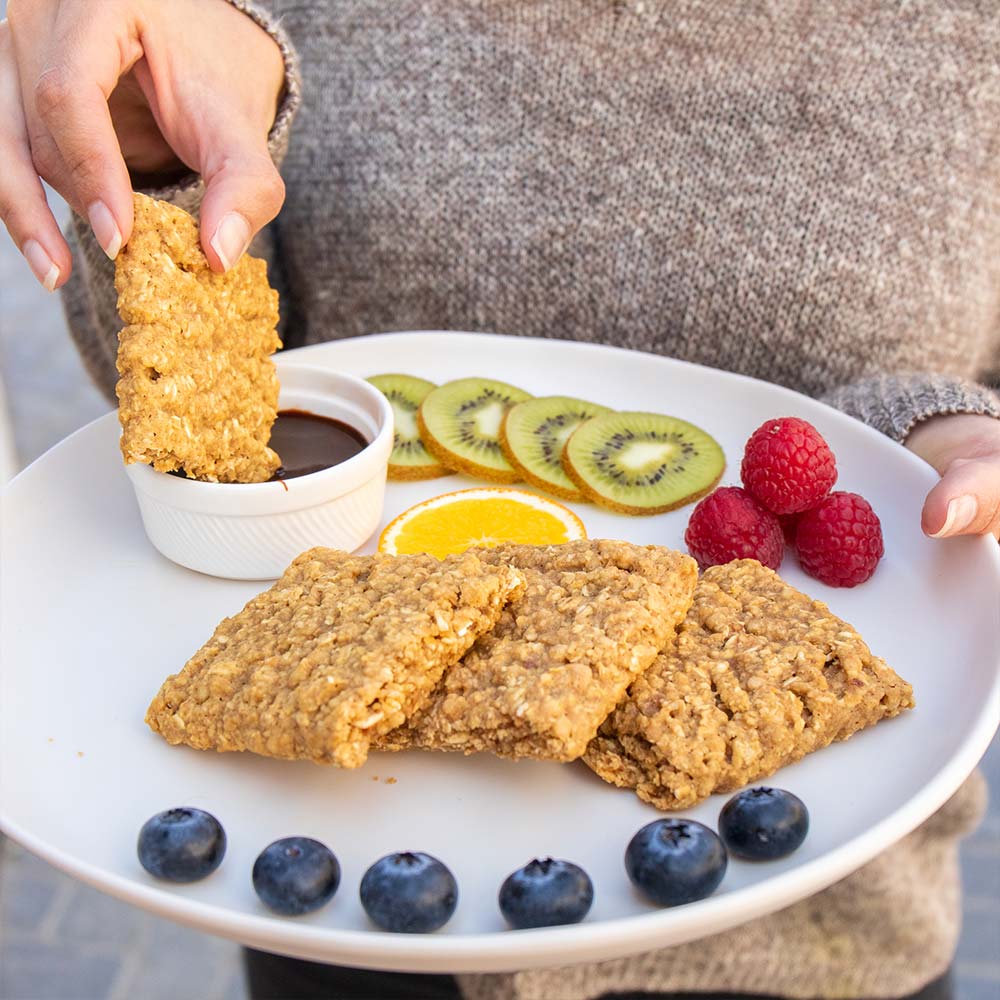Trying to get kids to eat healthy foods is not always easy
but it does not have to be a war. This is true and it is fully possible to make
healthy eating an interesting and exciting affair that children out rightly
embrace. One way is to prepare monthly meal plans and a nutritional diet by
ensuring that your children are receptive to the new meals they are going to
take. As this guide will demonstrate, raising healthy eaters is quite possible,
and you will learn how to make this process as enjoyable as possible for you
and your children.
The Significance of Modest Diet for Children
It has been widely emphasized that a child’s diet plays a
significant role in child development. A balanced diet contains all the
nutrients that a child needs for growth, development and health. However, today
due to easy access to ready-to-eat foods and junk foods children are prone to
develop bad eating habits. These habits can cause some diseases and other
related vices such as obesity diabetes and poor academic performance.
However, by providing children with healthy foods in an
appealing manner, you are opening the gateway to the right disease-free eating
habits in the future. Most children like those foods, which are good for their
health so whenever they develop a taste for fruits, vegetables and other
healthful foods they will carry them with them throughout their lives.
Strategies to Get Kids Excited About Healthy Eating
Make Healthy Foods Fun and Appealing
When it comes to getting the kids aware of the value of
healthy foods, there is nothing as important as making the foods themselves
appealing to the kids. The presentation of food significantly influences the
appearance of the meal to a child. Here are some ideas to make healthy foods
more fun:
1. Create Fun Shapes: Enjoy and entertain kids by using
cookie cutters to cut fruits, vegetables and sandwiches in different shapes
such as stars, hearts or animals. Even a regular meal does not seem boring to a
child thanks to this tip.
2. Colorful Plates: Place more colorful fruits and
vegetables on the plate they are to consume. Children are visually oriented and
are likely to open their taste buds for more colorful foods.
3. Interactive Meals: Let your kids help build their meals
by letting them create their salads, healthy pizzas using whole grain crust or
even great veggie and lean meat wraps. Such engagement makes them care more
about what they are putting into their systems.
Engage Children in Meal Planning and Preparation
This is because when the children take their time to prepare
their meals they would prefer to eat what they have prepared. Here’s how you
can involve your kids in the process:
1. Weekly or Monthly Meal Plans: One of the best ways to eat
healthy is to sit with your kids and plan your meals as a family. They should
select what they want to prepare from a list of foods you have quickly
approved. It does not only help to educate them about planning and organization
but also makes the child responsible for their own food choices.
2. Grocery Shopping: Go grocery shopping with your children
and allow them to select the new fruits or vegetables that they’d like to
include in their diet. The text mentioned above can be an interesting way for
them to know what kind of food they should eat instead of becoming blindly
obsessed with the mere fact they have to eat healthier foods.
3. Cooking Together: According to age, children can be
involved in some work in the kitchen ranging from washing the vegetables to
mixing components. Preparation of meals is fun and this provides the best
opportunity to instill proper diet to them.
Educate Them About Nutrition
Children prefer healthy foods if they know the benefits of
those foods to their bodies. Turn nutrition into a learning experience:
1. Fun Facts: Enumerating some facts about an assorted range
of foods. For instance, just instruct them that carrots will make them see
better, or that spinaches will indeed make them as strong as their favorite
comic heroes.
2. Interactive Learning: In the instruction process, they
can use games and activities to help the kids learn what nutrition is. For
example, use a chart to develop a food pyramid or use flashcards to establish
healthy foods and what they can do for your body.
3. Books and Media: It is very easy to find many Children’s
books and shows that teach children about healthy eating in a way that is fun.
These should be used to continue putting out positive messages about nutrition.
Set a Positive Example
Little children follow the actions of grown-ups, and this
means that one should learn to eat healthily. Here’s how you can be a role
model:
1. Eat Together: Eating a meal with family members is a good
chance to demonstrate how people should eat to be healthy. Make your kids
understand, that you like taking fruits, vegetables and other healthy foods to
them.
2. Try New Foods: Expand your palate and let your kids taste
different dishes. Another advantage is that if they observe you doing that,
getting a hint of pleasure from a particular healthy food, they might be much
more willing to try it too.
3. Limit Unhealthy Foods: Any food items that are bad for
you and any beverages containing sugar should not be visible where you eat, and
your kitchen should contain good foods only. In other words, one finds that
when children perceive that healthy foods are the expected standards, then they
will consume them.
Praise and Reward Healthy Eating
Reward and praise have always worked when applied to change
a given behavior and therefore encouraging healthy eating could also reap big
fruit. Here are some ways to praise and reward your children for making good
food choices:
1. Praise Their Efforts: Every time your child attempts to
take a healthier food option or just makes a good decision, encourage them.
Positive feedback assists in keeping on the correct path with the behavior and
makes them feel good about the choices made.
2. Healthy Rewards: And don’t forget that healthy food
rewards defeat the purpose of effective punishment: replace sweets or chips
with something non-food related such as a toy, a book, or free time. In this
way, children learn that eating correctly leads to some positive results but it
is not the food reward that encourages them to follow the instruction.
3. Create a Healthy Eating Chart: Make a graph so that you
may monitor the healthy foods that your child is taking. Each day or each
correct meal which they are supposed to take, a sticker or star is given to
them as a reward. They are then awarded several stars, and once they get enough
of those stars, they get to decide what family fun activity will be on the
weekend.
Overcoming Common Challenges
Of course, effectively managing knowledge can be challenging
even if you do your best. Here are common obstacles and how to overcome them:
Picky Eaters
Applying pressure on food consumption is not the best
technique to use when feeding a picky eater because all that you will get is a
fight. Feed your child healthy foods often and do not become upset when your
child turns their nose up at a particular food you are offering. It may be
again and again before a child decides to take a piece of this new food.
1. Mix It Up: It is important to mix new foods with old
ones. For instance, sprinkle chopped vegetables in the pasta sauce, or blend
the fruits into the yoghurt. The portion of the new food should be introduced
gradually to the diet of the child.
2. Don’t Force It: You probably know that making a child eat
something they do not like will lead to their developing a very poor attitude
toward it. However, for them to explore the food, you should compel them to
just take a small bite or a ‘no thank you’ bite at most.
Time Constraints
It is much harder to think about proper nutrition when there
is a lot on our schedules. Planning is crucial:
1. Meal Prep: Spend some time over the weekend chopping
vegetables, and preparing snacks, fruits, smoothies, salads etc. This can be
useful during the weekdays when the preparation of the meals is tight and there
is always a guarantee that healthy foods will be dropped.
2. Quick and Easy Recipes: Search for delicious recipes
which should not take more than half an hour to prepare. Stir fries, salads and
wraps are easy to cook and yet they can incorporate plenty of nutrients.
Budget Concerns
In this, we can conclude that it is quite possible to eat
healthy without burning a deep hole in your pocket. Here’s how to make it more
affordable:
1. Plan Your Meals: In meal planning, the shopping list
discourages the buying of unnecessary food items on impulse. This serves to
keep the expenses on food an individual might have incurred down while at the
same time avoiding wastage of food.
2. Buy in Bulk: Take our time to buy strategically by buying
in bulk since items such as grains, beans or frozen vegetables tend to be
relatively cheaper over time. Be particularly keen on when health foods go on
sale, and use products that have their brands instead of popular brands as they
are cheaper but carry similar comparable nutrients.
3. Seasonal Produce: Sometimes fruits and vegetables are cheaper
during the time of the year when they are popular. Shop fresh and cheap food at
farmer’s markets or start participating in a CSA as a way of sourcing food.
Conclusion
Positive thinking makes it quite easy to get children to
embrace the concept of healthy living, particularly in food. Creative ways of
preparing foods, letting the children plan and prepare foods on their own and
modeling healthy eating habits can go a long way in creating healthy eating
habits in your children. It is also very important to remember that it is all
about changing habits gradually and slowly, and that all those tiny
improvements to our diets are beneficial.
By using these techniques, as well as adopting a family
focus on healthy eating, your children will benefit from healthy meals into
their adulthood. Healthy eating doesn’t have to be your mere obligation, but it
can be as entertaining and normal as a part of your daily food habits.






























